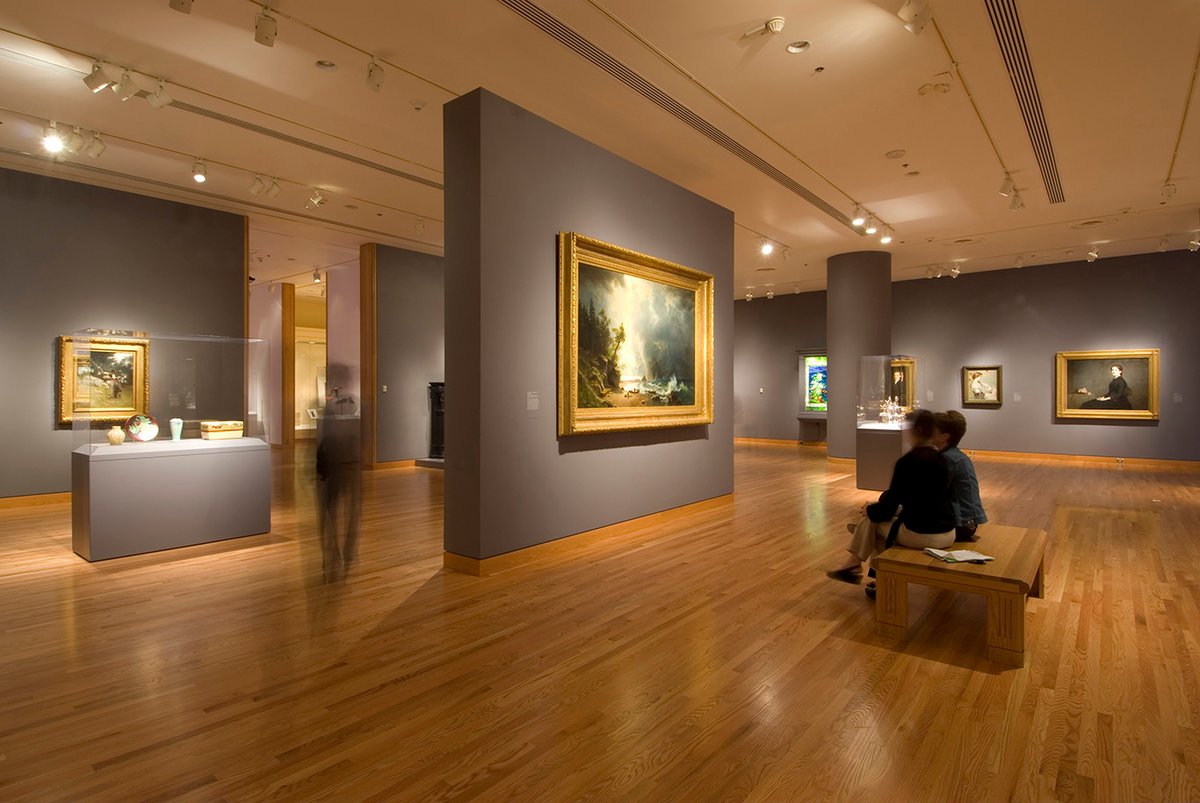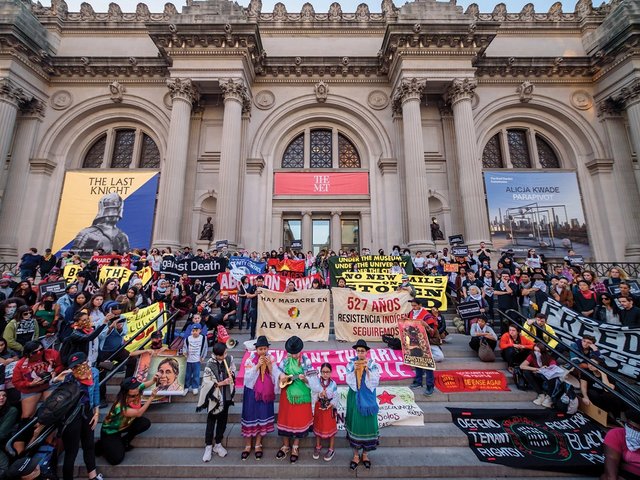Determined to recast a staid narrative, the Seattle Art Museum (SAM) announced today that it plans to transform its American art galleries with the aid of three hand-picked US artists and ten experts from the local community in a two-year project.
Relying on $1m from the Andrew W. Mellon Foundation, $75,000 from the Terra Foundation of American Art and other support, the museum will embrace a “shared authorship model” that incorporates people of colour and other underrepresented voices, from Native Americans to African Americans to Asian Americans to regional artists in the US Northwest, in a reframing of national and local art history.
Theresa Papanikolas, SAM’s curator of American art, is working with the museum’s curator of Native American art, Barbara Brotherton, to drum up ideas and generate enlightening connections between the two collections they oversee, for joint displays as well as exhibitions. The museum has a rich collection of Northwest Coast Native American art.
“We’re trying to decentre whiteness and show something that more truly reflects America and its history,” Papanikolas says. “The way the [American] galleries are organised now is a greatest-hits presentation very much focused on masterworks” by white artists from the 1600s to 2000s, she notes, including oil paintings, works on paper, sculptures and the decorative arts. “It’s very traditional and focused on a march through history that is ahistorical.”
Largely left out of this “very canon-focused presentation,” she says, are African Americans, the reality of slavery, the history of labour and the extraction of resources in the US. “We want to tell the stories of the hidden histories,” the curator says.
This summer, Papanikolas will begin dissecting the stories told in the museum’s galleries and through the breadth of its collection with Nicholas Galanin, a Tlingit and Unangax̂ multi-disciplinary artist and musician from Sitka, Alaska; the multimedia artist Wendy Red Star, a member of the Apsáalooke (Crow) tribe based in Portland, Oregon; and Inye Wokoma, a Seattle visual artist, filmmaker and community artist who is a founder of Wa Na Wari, a local centre for Black art and culture.

Nicholas Galanin, a multidisciplinary artist based in Sitka, Alaska who will advise the Seattle Art Museum on collection displays and exhibitions of American art Will Wilson
“We’re just getting started,” the curator says. “They will be full participants in how we decide to display most of the collection. We’ll walk through the galleries with them, take them into storage [areas], and see where we go.” SAM’s American collection numbers over 2,500 objects, of which a minute fraction are on display. Its galleries were last reinstalled in 2007.
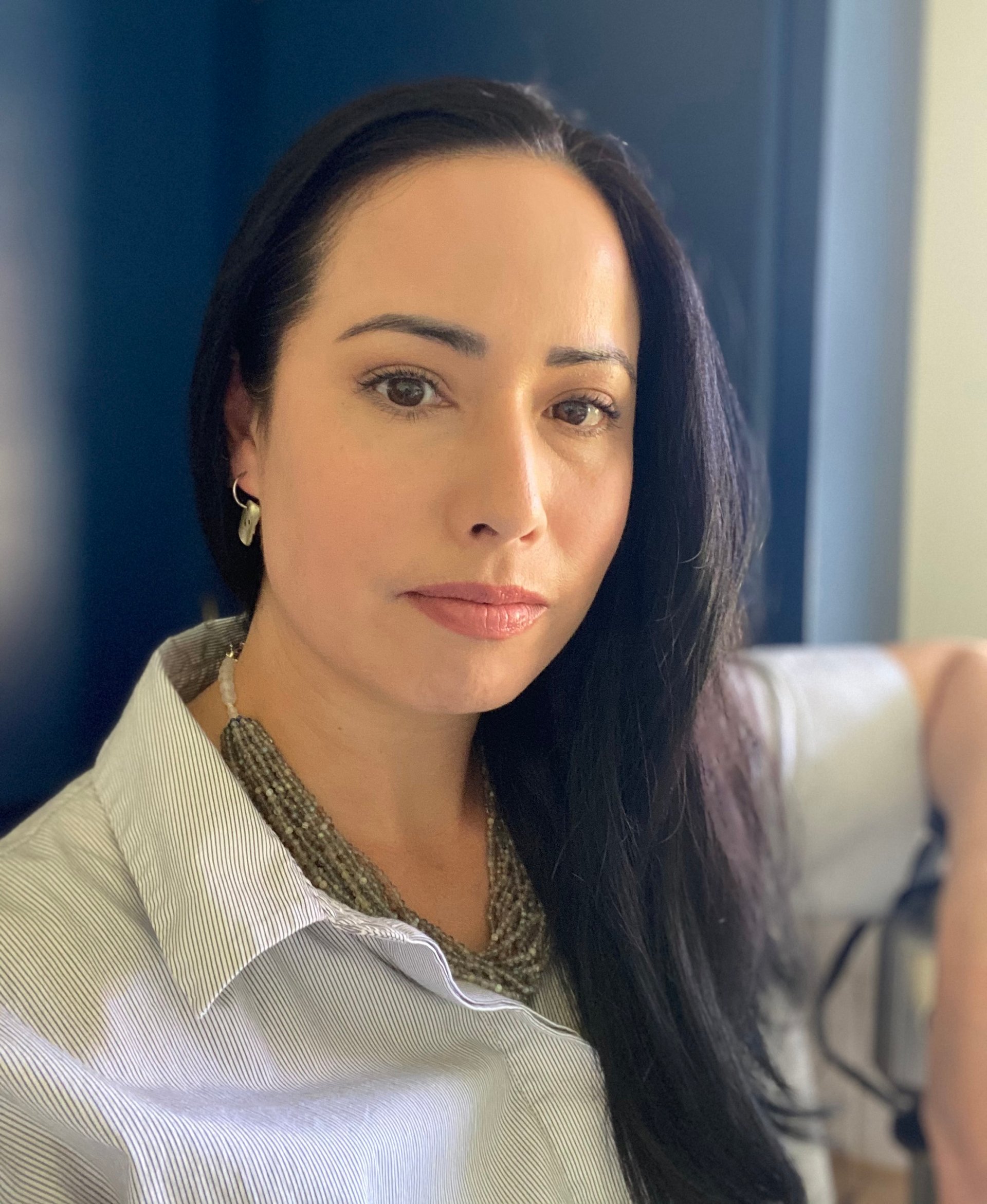
The artist Wendy Red Star, who will counsel the Seattle Art Museum on future displays of its American art collection and on exhibitions Beatrice Red Star Fletcher
Also involved will be the group of ten Seattle-area advisors, experts in underrepresented art and cultural spheres who are meeting very three months, the museum says. The reimagined galleries are due to open in October 2022.
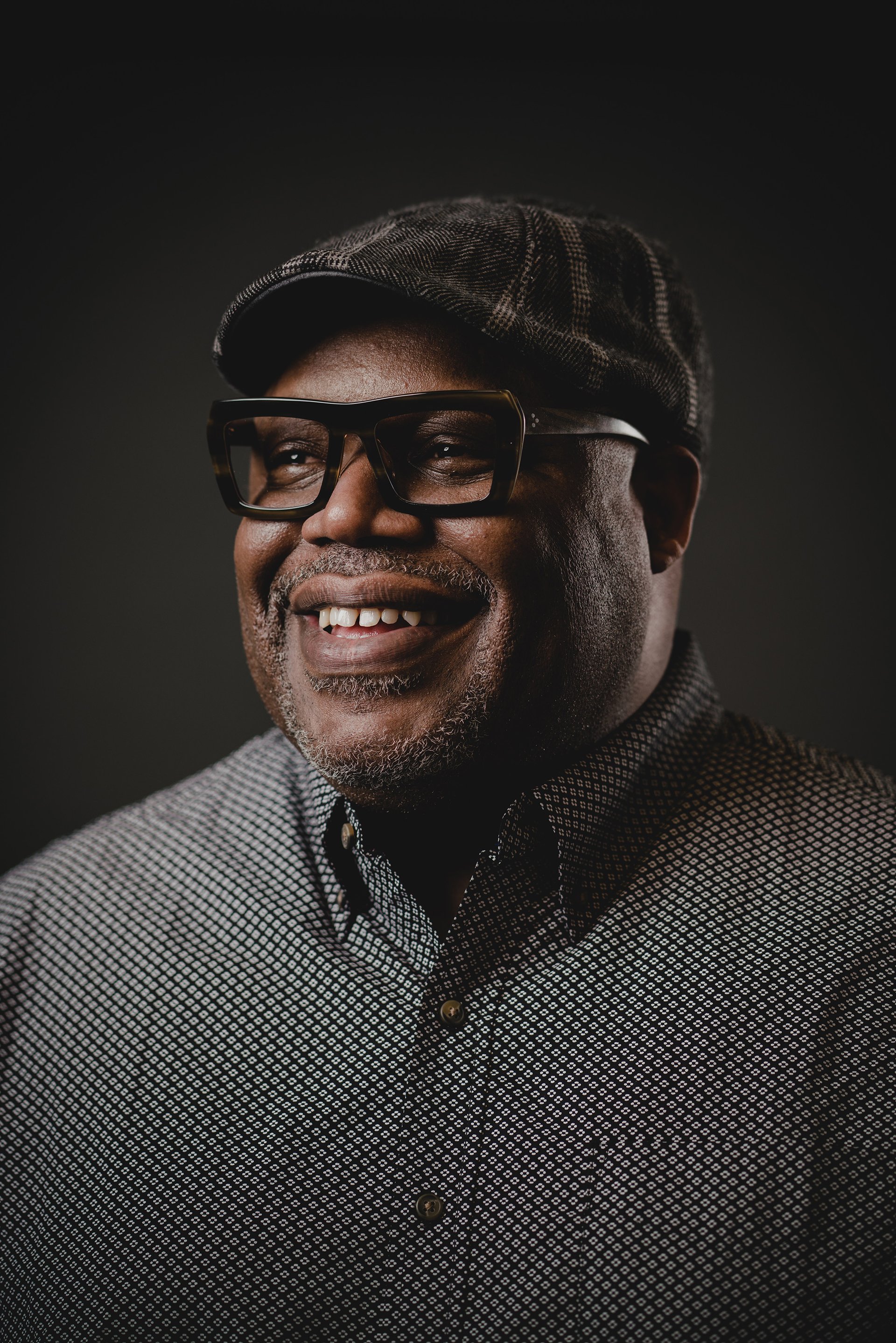
Inye Wokoma, an artist, filmmaker and Seattle community organiser who will generate ideas for displaying the Seattle Art Museum's collection and planning exhibitions James Harnois
Asked about potential connections that the museum could draw between its American and Native American collections, Papanikolas pointed to works like Mount Rainier, Bay of Tacoma–Puget Sound, a romantic 1875 landscape painting by the artist Sanford Robinson Gifford that depicts Native Americans paddling in a boat in the foreground. Both the rugged terrain and the Indigenous natives held an exotic appeal at the time, commentators have suggested. “We’ve brought in people to identify what they were doing,” the curator said of the Native Americans, with the hope of filling in information about their culture and customs.
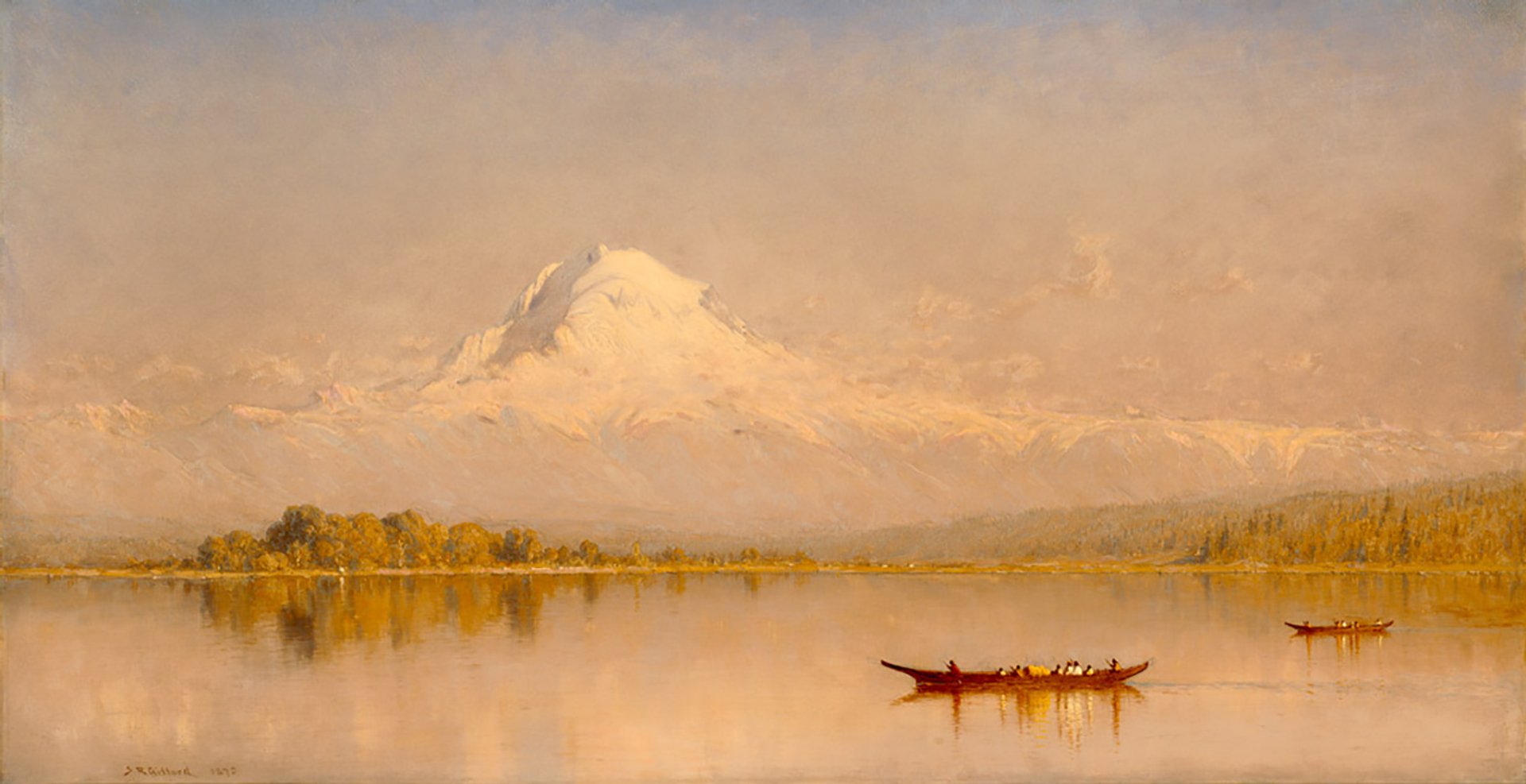
Sanford Robinson Giffords's Mount Rainier, Bay of Tacoma–Puget Sound (1875) Courtesy of Seattle Art Museum
Other opportunities, Papanikolas adds, may lie in fleshing out the work of the so-called Northwest Mystics—Mark Tobey, Morris Graves, Kenneth Callahan and Guy Anderson—Modernists who first became known in the 1930s and 40s for drawing inspiration from Northwest’s Native American and Asian traditions.
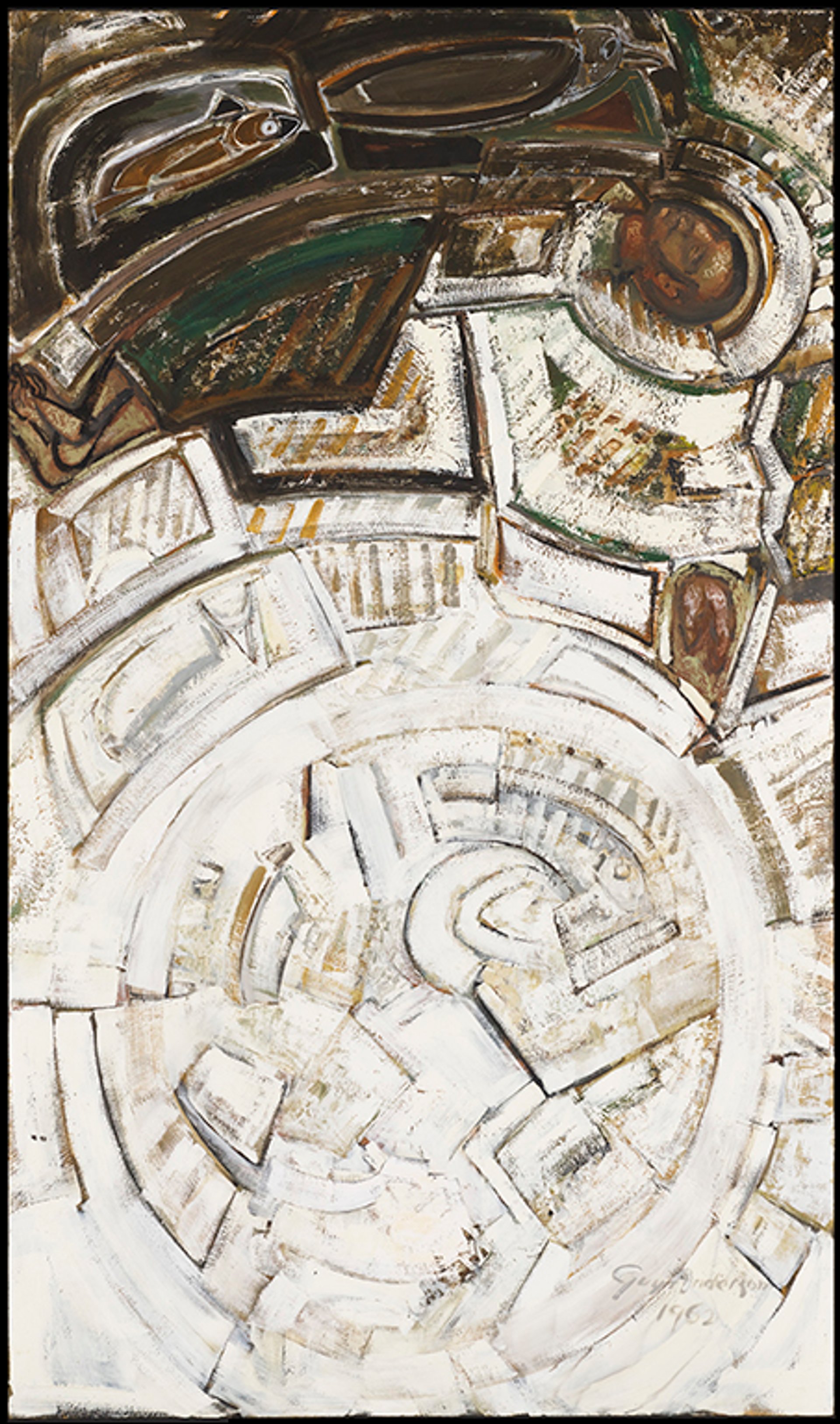
Guy Anderson's Dream of the Language Wheel (1962). Embedded in the upper half are symbols from Indigenous Northwest Coast cultures Courtesy of the Seattle Art Museum
And while silver from the 18th and 19th centuries that adorned elite white Americans’ dinner tables are a crucial part of SAM’s American collection, works by the Native American silver carver Charles Edenshaw, from platters to bracelets, could provide room for reflection, she notes.
Papanikolas says the collaboration with artists and local advisors will inform exhibitions that are already in the pipeline, although she declined to provide details about those shows before they are announced. It is also whetting her enthusiasm for wider acquisitions in the American art field, although she says that a “a lot of it is out of reach or unavailable”.
She mentioned wanting to acquire more works by Jacob Lawrence, whose work was recently featured at the museum in the travelling show Jacob Lawrence: The American Struggle, focused on his epic 1950s series of painted panels depicting critical moments in early American history. SAM owns just two paintings by the artist. Papanikolas also says she is hoping that her recent research into Northwest regional artists will also lead to acquisitions, especially the work of figures from the 1930s.
Amada Cruz, director and chief executive of SAM, says the two-year project “will bring not just an exciting reimagining of our American art galleries, but a new approach to exhibition planning that will have long-term impacts within the other permanent collection galleries”.
As part of the initiative, SAM is also creating six new paid internships in the curatorial and conservation departments, areas in the museum sector that are notoriously lacking in people of colour. Papanikolas says that interviews are already underway with diverse candidates from around the globe: “We’re casting a very wide net.”
Like other art institutions that are rethinking their displays to embrace a more inclusive historical account, the museum ultimately hopes to challenge basic definitions. “What is America, and who gets to decide what it is?” Papanikolas says.


